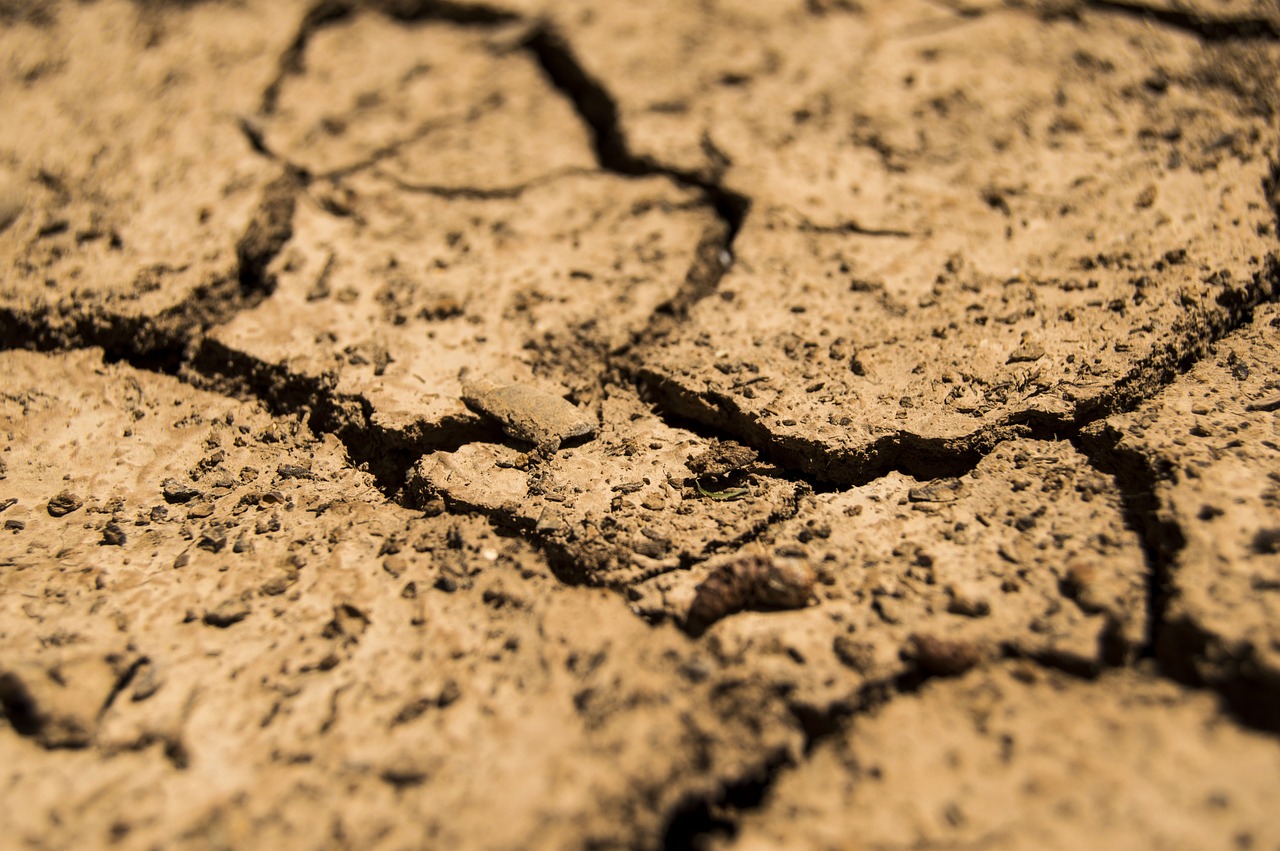Article Title:Thermoluminescence (TL) dating of burnt flints: problems, perspectives and some examples of application
Abstract:
Thermoluminescence (TL) dating is a powerful tool in archaeology, and its reliability has been checked since the early 1970s. It is, in principle, specific for ceramic, but it can also be successfully applied to other materials of archaeological interest, provided that they have been submitted in the past to some kind of heating up to several hundreds of degrees centigrade. This is the case of prehistoric flint deliberately or accidentally burnt by ancient man. Illustrating the specific aspects of this application, we report the TL dating results of a group of burnt flints from three prehistoric sites in northern Italy. The first two, Ghiardo and Ghiardello, are open-air sites close to Reggio Emilia, at the fringe of the Apennine on Middle Pleistocene terraces. The third, Fumane, is a large cave system in the Venetian Pre-Alps, in the Lessini plateau, close to Verona. It includes a thick Palaeolithic sequence, spanning the whole first Pleninglacial period. (C) 2001 Editions scientifiques et medicales Elsevier
Keywords: archaeometry; thermoluminescence; flint; palaeolithic
DOI: 10.1016/S1296-2074(01)01126-8
Source:JOURNAL OF CULTURAL HERITAGE
Welcome to correct the error, please contact email: humanisticspider@gmail.com



